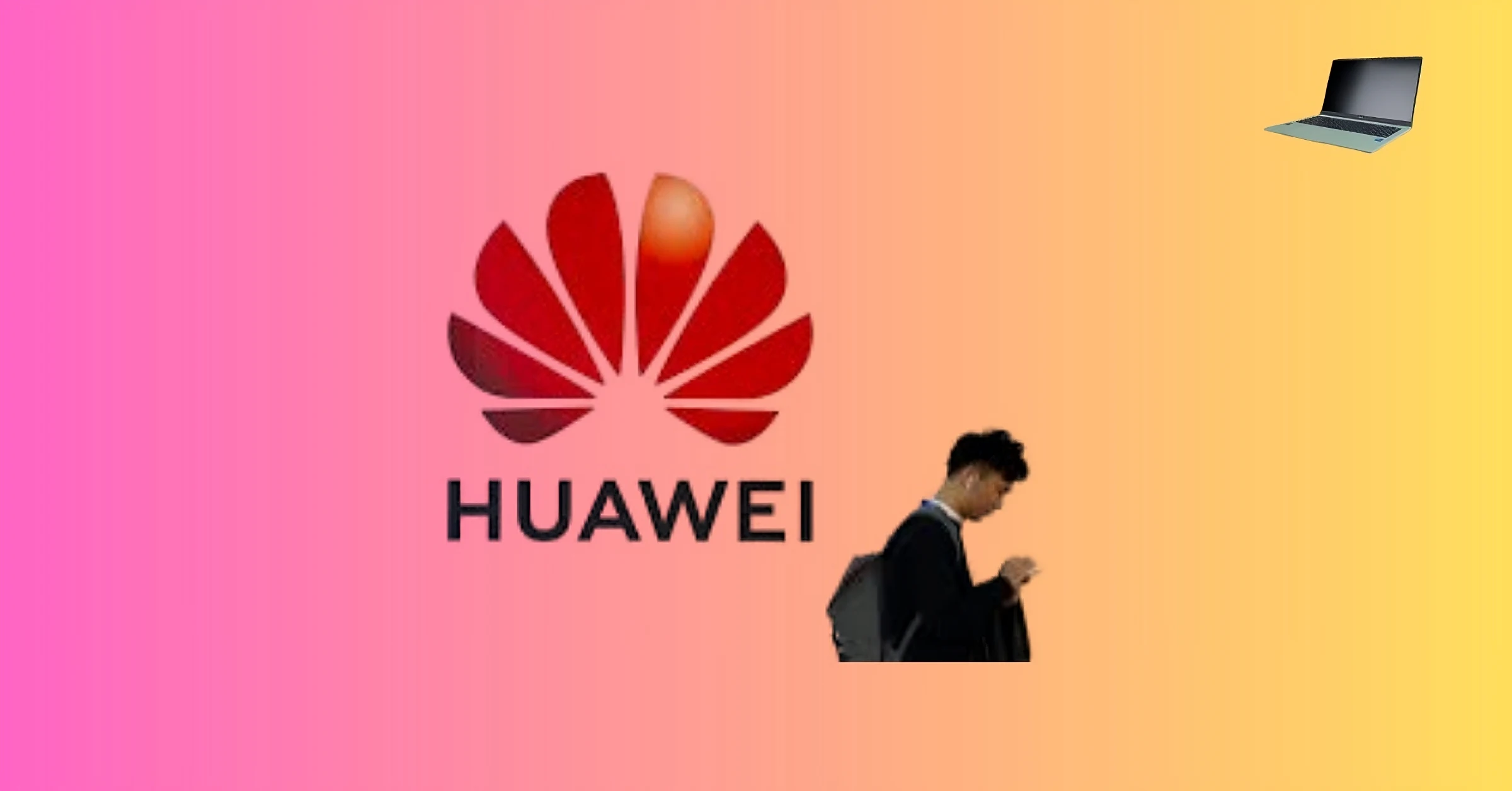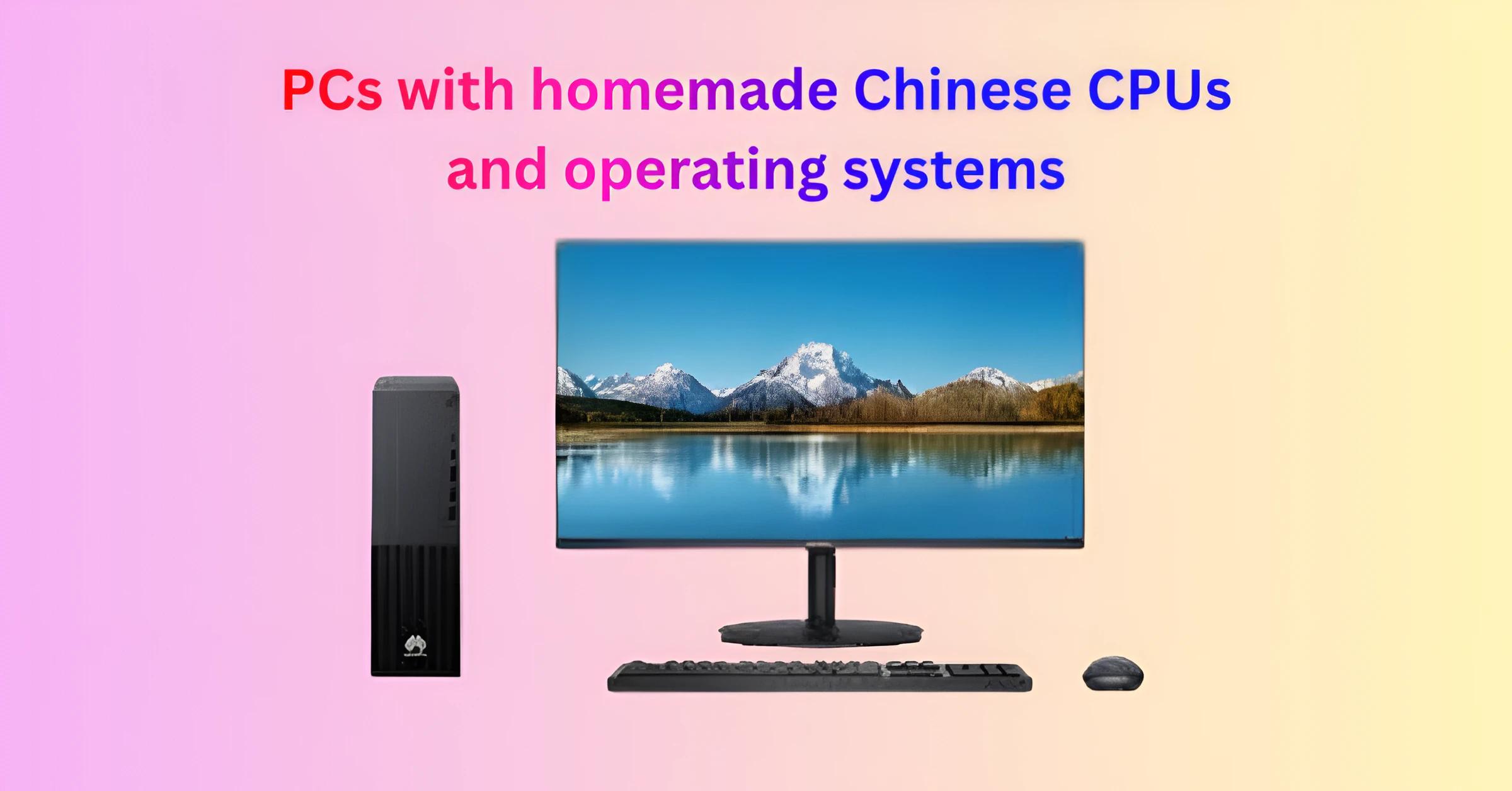Huawei’s bold comeback reflects the company’s strive for technological independence with its new Kirin 9000X processor and Chinese-made operating system, while challenging global giants like Samsung and Nvidia.
Huawei, one of China’s most influential technology giants, continues to make headlines as it accelerates its mission towards complete technological independence. The company’s latest breakthrough comes in the form of a new processor and operating system designed entirely in China, marking a major milestone in its ongoing effort to reduce reliance on Western technology. The new chip, called Kirin 9000X, represents Huawei’s latest innovation in semiconductor development. It is an advanced octa-core processor with sixteen threads and a base clock speed of 2.5 GHz. The chip is made by Huawei’s in-house semiconductor arm, HiSilicon, and is specifically designed for desktop computers under the Qingyun W515y and W585y product line. This next-generation processor is the direct successor to the Kirin 9000C and 9000 series that previously powered Huawei’s flagship smartphones and tablets. What makes the Kirin 9000X particularly significant is that it was developed domestically in China and manufactured without relying on Western manufacturing technology—a strategic move aimed at overcoming US trade sanctions that once crippled Huawei’s chip supply chain. This is part of Huawei’s broader plan to regain technological sovereignty, ensuring the company can continue to innovate even under international sanctions.
Along with the Kirin 9000X, Huawei has also unveiled two homegrown operating systems for its new desktop systems: Tongxin UOS v20 (Unified Operating System) and Galaxy Kylin V10. Both of these platforms are Linux-based and developed entirely in China. Tongxin UOS, created by UnionTech, is widely recognized as one of the most sophisticated and enterprise-ready Linux distributions in the Chinese market. It is designed to replace Microsoft Windows in government offices. State-owned enterprises and private corporations are looking to move away from foreign software. Similarly, the Galaxy Kylin V10 developed by the National University of Defense Technology of China is a secure, stable system primarily used in defense, research, and government operations. These two operating systems symbolize China’s determination to build its own digital ecosystem from the beginning. Interestingly, Huawei has not yet integrated its own HarmonyOS into these desktop machines, even though HarmonyOS serves as the company’s flagship platform across its mobile devices, tablets, and smart devices.
So what operating system does Huawei use today? For its smartphones and tablets, Huawei relies heavily on HarmonyOS, which it developed as a completely independent platform after losing access to Google’s Android ecosystem in 2019. HarmonyOS is not based on Android or Linux but is an entirely new microkernel-based operating system built to work across multiple device categories, from phones to IoT devices, TVs, and even vehicles. However, on Huawei’s PCs and enterprise machines, the company has opted to use UOS and Kylin instead, as they are better suited for business environments that require stability, backward compatibility, and enterprise-grade support. While HarmonyOS is evolving rapidly, its focus remains on the mobile ecosystem, where Huawei has successfully migrated millions of users from Android without losing much functionality.
A question many people ask is whether Huawei’s Kirin chip is better than Nvidia’s processor. The answer largely depends on the context. Nvidia’s GPUs are built for high-performance computing, gaming, and artificial intelligence applications with unmatched capabilities in graphics processing and deep learning. Huawei’s Kirin chips, on the other hand, are primarily designed for consumer devices such as smartphones, tablets, and personal computers. While the Kirin 9000X is an impressive step forward for a domestically produced chip, it doesn’t yet rival Nvidia’s cutting-edge GPUs like the H200 or Blackwell series in terms of AI or raw computational power. However, considering that Huawei had to rebuild its chip development pipeline under severe trade restrictions, the progress is remarkable. The Kirin 9000
Another popular question revolves around HarmonyOS and Google services. Can HarmonyOS run Google apps like Gmail, YouTube, or Maps? The short answer is no. HarmonyOS does not support Google Mobile Services (GMS) due to the ongoing trade embargo in the US. This means that users cannot directly access the Google Play Store, Google Maps, Gmail, or other native Google apps. However, Huawei has created its own ecosystem called Huawei Mobile Services (HMS), which includes AppGallery as an alternative to the Google Play Store. Users can still download many popular apps through AppGallery and Petal Search. Additionally, some third-party methods allow users to install Google apps unofficially, although Huawei itself does not endorse or support these installations.
This brings up another question that many users ask: Can I install Google on Huawei? Technically, yes—but it requires a solution. Huawei devices running HarmonyOS or EMUI do not come with Google apps pre-installed, but some users manage to install them through sideloading or third-party services. Nevertheless, these methods are not officially supported and may cause stability or security issues. Huawei instead encourages users to explore its growing AppGallery ecosystem, which now offers most mainstream apps, including WhatsApp, Facebook, and Instagram.
Speaking of apps, users often wonder if WhatsApp works on Huawei phones. The answer is yes. WhatsApp can be installed and used on Huawei devices just like any other Android phone. Even though Huawei phones do not come with Google Play, users can download WhatsApp directly from the official website or alternative app stores. Similarly, most Android apps can be installed on Huawei devices via AppGallery, APKPure, or Petal Search. HarmonyOS maintains compatibility with Android apps, as it uses a system similar in structure to Android, making app installation easy and reliable.
As far as browsers go, Huawei’s own Petal Browser and Huawei Browser are highly optimized for HarmonyOS devices. Both offer seamless browsing, built-in privacy protections, and integration with Huawei’s cloud services. Users can also install third-party browsers like Opera, Firefox, or even Chrome (though Chrome’s sync features may not work without a Google login).
Another frequent question concerns Huawei’s position in the global technological hierarchy—is Huawei bigger than Cisco? In many areas, yes. Huawei is now one of the world’s leading providers of networking equipment, telecommunications infrastructure, and 5G technology. The company has overtaken Cisco in market share in various global regions, especially in Asia, Africa, and parts of Europe. While Cisco still dominates the US and enterprise networking markets, Huawei is a global leader in telecommunications infrastructure and a major player in developing next-generation networking technologies.
When it comes to consumer electronics, many people also ask, is Huawei better than Samsung? The comparison depends on what you are looking for. Samsung is still the global leader in smartphone sales and offers unmatched access to Android and Google’s ecosystem. However, Huawei has managed to create high-quality devices with cutting-edge cameras, robust hardware, and long battery life—all without Google. In China, Huawei smartphones are considered premium and often rival Samsung’s Galaxy S series in performance and design.
As far as the most used operating system in China is concerned, that title still belongs to Windows, especially in the consumer and enterprise sectors. However, Linux-based systems such as UOS and Kylin are rapidly gaining popularity, especially in government and military applications, thanks to China’s national strategy to replace foreign software with domestic alternatives.
In conclusion, Huawei stands as a symbol of China’s determination to build a self-reliant technology ecosystem. From the new Kirin 9000X chip to HarmonyOS and the growing influence of UOS and Kylin, Huawei is not just adapting—it’s redefining the boundaries of what a tech company can achieve under pressure. Whether or not it surpasses global giants like Nvidia, Samsung, or Cisco in the near future, one thing is certain: Huawei’s journey toward independence is reshaping the global tech landscape, one innovation at a time.


